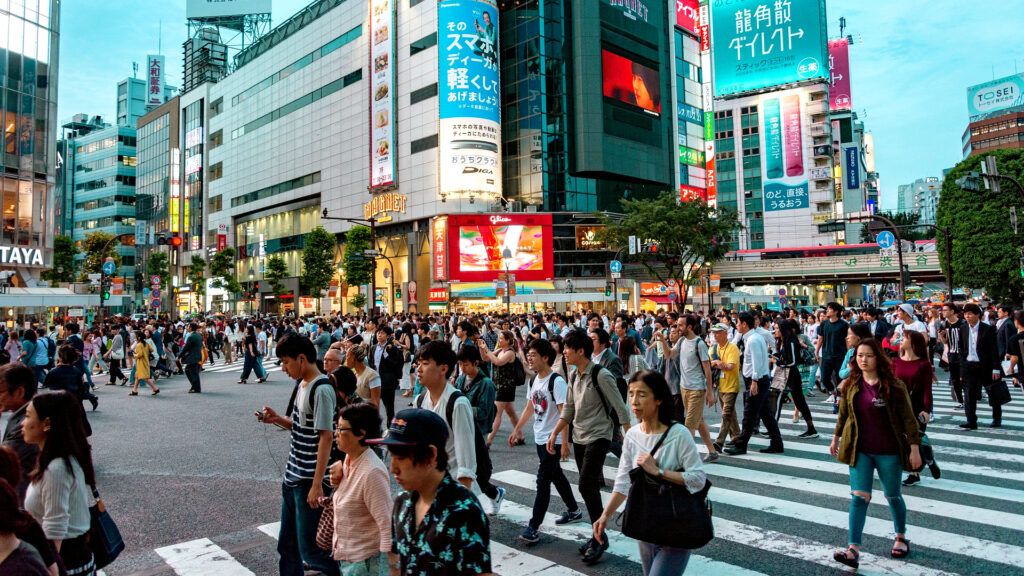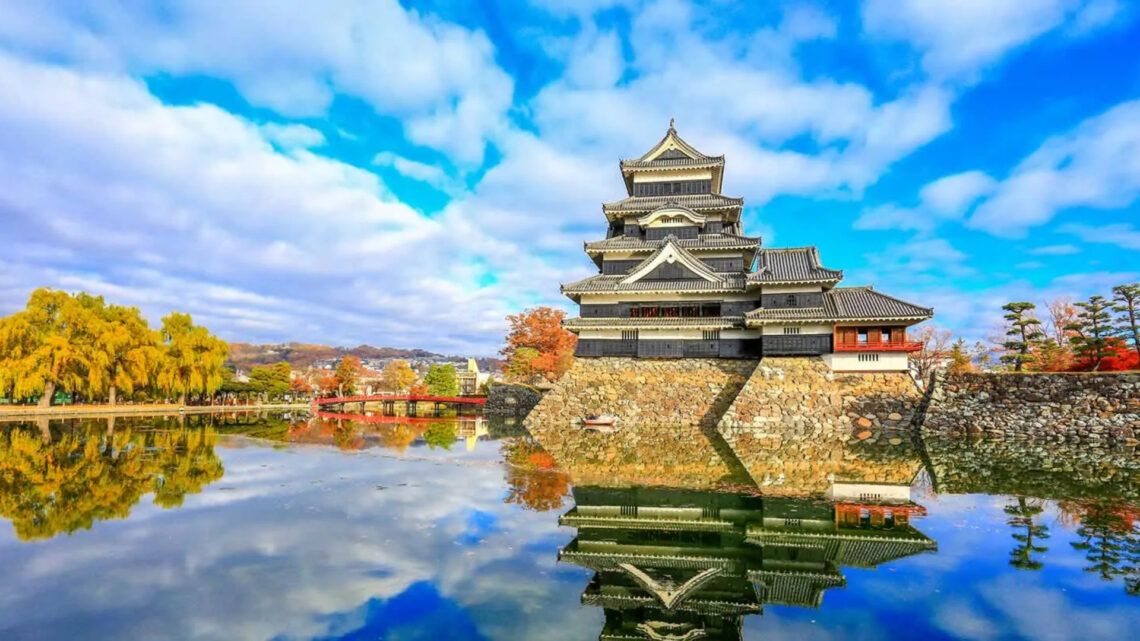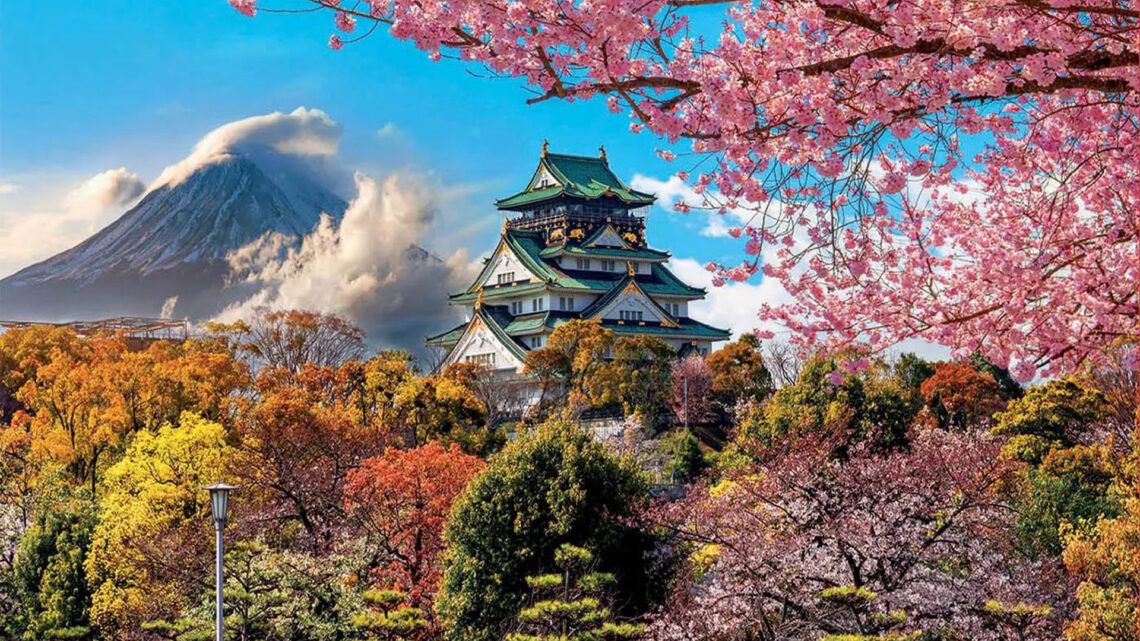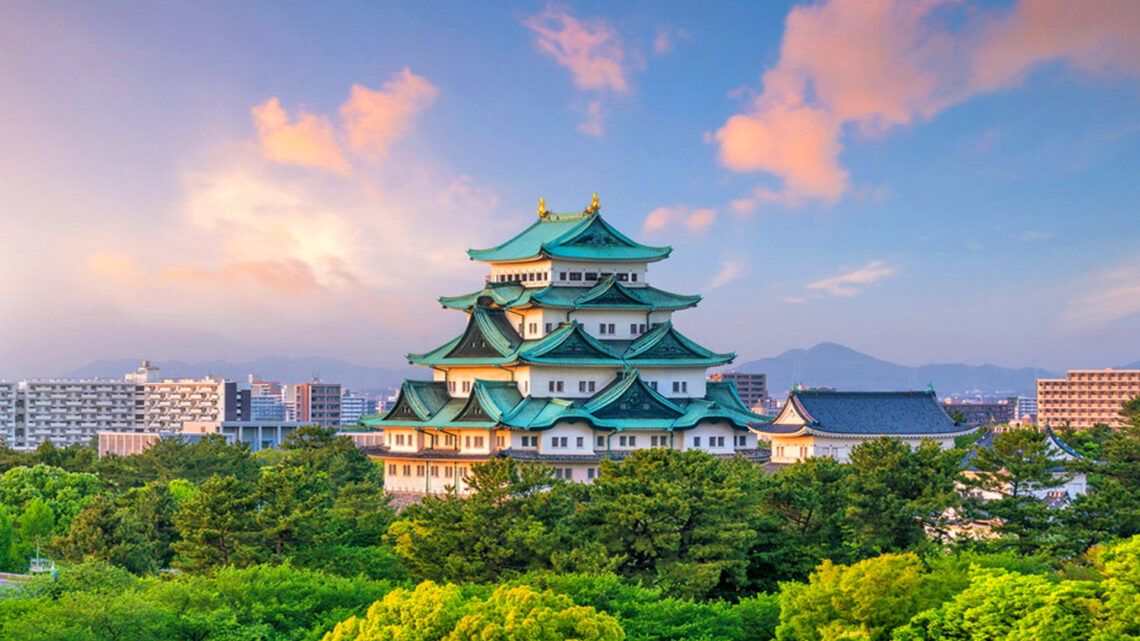
Welcome to a fascinating journey through the bustling metropolis of Tokyo, where Japan’s rich history converges with modern innovation and technology. This city is a reflection of Japan’s continuous pursuit of excellence and dynamism. Let’s together dive into this world where the past and the present blend seamlessly.
The Edo Era: Glimpse into Tokyo’s Past
The Edo Era, spanning from 1603 to 1868, was a time of peace, cultural development, and growth. Under the rule of the Tokugawa Shogunate, Edo, later known as Tokyo, became a center of trade and art. Traces of this time can be seen in historic districts like Asakusa and in the magnificent Edo Castle.
The Edo Era, also known as the Tokugawa period, was a significant period in Japan’s history. During this era, from 1603 to 1868, the city of Edo, present-day Tokyo, underwent a remarkable transformation that left its imprint well into modern times. In this article, we will take a closer look at the Edo Era and explore the fascinating aspects of its history.
The Edo Era was ushered in when Tokugawa Ieyasu seized power over Japan and established the Tokugawa Shogunate. During his rule, he shifted the political center from Kyoto to Edo, present-day Tokyo. This move initiated an era of peace and stability much needed after centuries of unrest and conflict. Under the Tokugawa Shogunate, Japan experienced a period of prosperity, cultural exchange, and economic development.
During the Edo Era, Edo experienced a flourishing of culture and art. Society was shaped by a well-defined social hierarchy that dictated people’s lives. Samurai, farmers, artisans, and merchants each had their own roles and duties. This social order was also reflected in the arts, ranging from traditional woodblock prints (Ukiyo-e) to Kabuki theater plays that depicted the lives and stories of different classes.
Throughout the Edo Era, the city of Edo underwent impressive development. Infrastructure was continually improved, roads and bridges were built, and trade and economy thrived. Edo became a center of trade and culture, attracting people from all parts of Japan. This development laid the foundation for modern Tokyo, which still remains a vibrant hub of economy, culture, and innovation.
The Edo Era came to an end in 1868 with the Meiji Restoration, a transformative period that propelled Japan into modernity. The Meiji government once again shifted political power, this time from Edo to Kyoto, and embarked on a process of modernization and opening to the West. This marked the end of the era, but the effects of the Edo Era are still palpable today.
The Edo Era was a captivating period in Japan’s history that set the groundwork for modern Tokyo. During this time, the city of Edo underwent a remarkable transformation that continues to shape its identity today. From the evolution of culture and art to the thriving economy and infrastructure, the Edo Era left a rich legacy that influences the history and character of Tokyo even now.
Overall, the Edo Era provides an exciting glimpse into Tokyo’s and Japan’s past. The period was characterized by a unique blend of tradition and progress that has profoundly impacted modern Japan.
Cultural Icons of Tokyo: Temples and Shrines
Tokyo harbors an impressive variety of temples and shrines that showcase the deep spiritual connection the city holds with its history. The renowned Senso-ji Temple in Asakusa and the Meiji Shrine stand as symbols of Tokyo’s spiritual dimension.
Tokyo, the bustling capital of Japan, is renowned not only for its modern architecture and high-tech scene but also for its deeply rooted cultural history. An integral facet of this history is the numerous temples and shrines scattered throughout the city. These cultural icons not only offer insight into Japan’s rich past but also serve as essential waypoints for visitors seeking an authentic Tokyo experience.
Temples and shrines are not solely places of worship but also havens of tranquility, prayer, and self-reflection. One of Tokyo’s most famous temples is the Senso-ji Temple located in the Asakusa district. Established in the 7th century, this Buddhist temple attracts millions of visitors annually who come to admire the imposing Kaminarimon Gate and the serene ambiance of the temple grounds.
Another outstanding example is the Meiji Shrine in the heart of Shibuya. Erected in honor of Emperor Meiji and his consort, this Shinto shrine is surrounded by an expansive forested landscape, providing a welcome contrast to the city’s bustling activity. The shrine serves as a site for contemplation and prayer, particularly for couples celebrating their love and devotion.
Temples and shrines play a pivotal role in Tokyo’s tourism. Visitors from around the world flock to these historic sites to experience Japan’s culture, architecture, and spirituality up close. Additionally, the temples and shrines serve as stages for traditional festivals and ceremonies, keeping the city’s cultural heritage vibrant.
Furthermore, temples and shrines are vital community hubs for the locals. They function as places of gathering, exchange, and celebration during festivals. Many believers regularly visit temples and shrines to offer prayers, perform rituals, and find solace.
Tokyo’s temples and shrines are not only architectural masterpieces but also living witnesses to Japan’s history and culture. They afford visitors the opportunity to delve into a captivating past while experiencing the city’s contemporary life simultaneously. From the majestic splendor of Senso-ji Temple to the spiritual serenity of the Meiji Shrine, these cultural icons are essential destinations for travelers wishing to explore Tokyo’s soul.

tokyo tales: a stranger in the metropolis of 100 villages
as i turn the final pages of “tokyo tales: a stranger in the metropolis of 100 villages,” i am filled with a bittersweet mix of emotions. i am grateful for the glimpses into tokyo’s vibrant tapestry, the stories that have touched my heart and broadened my understanding of this remarkable city. yet, i am also aware that there is so much more to explore, so many untold stories that await discovery.
read on, and let your soul unwind, your hermann candahashi
The modern Tokyo – Technology and Innovation
Tokyo epitomizes state-of-the-art technology and innovation. The city center, including the Odaiba district, showcases stunning architectural masterpieces like the Tokyo Skytree and the Rainbow Bridge. These radiant symbols of modernity stand in contrast to the historical backdrop.
Tokyo, the bustling metropolis of Japan, signifies not only impressive architecture, rich culture, and bustling activity but also pioneering technology and innovation. In this emerging city, tradition and modernity blend in a fascinating way, making it a true hub of technological advancement.
Tokyo has evolved into a global technology hub, providing a fertile environment for innovation for both startups and established companies. From electronics and robotics to artificial intelligence and medical technology, the range of technologies developed here is remarkable. This diversity contributes to Tokyo’s outstanding position in the international tech scene.
Some of the most groundbreaking innovations originating in Tokyo have the potential to profoundly reshape the world. Research and development in the field of robotics have led to impressive results here. From humanoid robots used in caregiving to robotic exoskeletons aiding people with limited mobility, Tokyo’s technologists are setting new standards.
In addition to technological progress, Tokyo places significant emphasis on sustainability. The city strives to develop and promote eco-friendly technologies. This spans from renewable energies and intelligent transportation systems to sustainable urban planning. These efforts not only reflect in the local quality of life but also serve as inspiration for global sustainability initiatives.
A critical factor contributing to Tokyo’s success as a technology and innovation hub is the close collaboration between academic research and industry. Universities and research institutions in the region work closely with companies to translate research outcomes into practical applications. This seamless knowledge transfer accelerates the innovation process and helps Tokyo stay at the forefront of new technologies.
Tokyo remains a melting pot of technology and innovation, constantly pushing the boundaries of what’s possible. The city is not only a mecca for tech enthusiasts but also a model for the harmonious integration of humans, technology, and the environment. With an impressive range of innovations and a strong focus on sustainability, Tokyo is well on its way to shaping the future of technology.
Tokyo’s Traditional Cuisine in a Modern Guise
The culinary scene of Tokyo is a harmonious blend of ancient recipes and modern presentations. In the alleys of Tsukiji or the towering buildings of Ginza, visitors can experience the diversity of Japanese cuisine.
Tokyo, the vibrant capital of Japan, is renowned not only for its futuristic skyline and lively culture but also for its captivating culinary scene. In Tokyo, traditional cuisine seamlessly merges with modern influences, resulting in a unique and unforgettable gastronomic experience. Immerse yourself in the world of traditional Tokyo cuisine presented in a contemporary manner and indulge in flavors that unite history and innovation.
Tokyo’s traditional cuisine, known as “Edomae” or “Edo” cuisine, dates back to the 19th century. Originally shaped by fishing villages during the Edo era, this cuisine places great emphasis on fresh, high-quality ingredients from the sea. Today, visitors to Tokyo encounter a fascinating connection between this historical culinary tradition and modern cooking techniques.
One of Japan’s most famous culinary exports is sushi. In Tokyo, guests can discover the most exquisite sushi restaurants, where skilled sushi masters celebrate the art of sushi at the highest level. Traditional ingredients like raw fish and rice are presented with a modern twist, whether through innovative sauces, unusual accompaniments, or impressive presentations.
Tempura, fried seafood and vegetables, has also undergone a modern evolution in Tokyo. While the fundamentals of preparation remain unchanged, top chefs have found ways to refine the texture and flavor. Tempura is often served with delicate sauces and aromatic spices that intensify the taste and captivate the senses.
The traditional Japanese taverns, known as Izakayas, are popular places to experience the blend of old and new in Tokyo’s cuisine. Here, guests can enjoy a variety of dishes, from grilled yakitori to creative interpretations of soups and stews. These taverns offer a cozy and convivial atmosphere where the essence of traditional cuisine is preserved, albeit with a contemporary touch.
Tokyo’s traditional cuisine in a modern guise is an unparalleled journey for food enthusiasts and explorers. The city honors its culinary roots while simultaneously making room for innovation and creativity. From intricately crafted sushi to modern interpretations of tempura dishes, Tokyo’s restaurants offer a wealth of taste experiences that capture the essence of the past while pointing the way to the future. Dive in and let yourself be enchanted by the flavors and aromas of Tokyo, a city that masters the art of cooking in all its facets.
Tokyo is a city that pays homage to its roots while boldly looking towards the future. The seamless transition from the past to the present is a testament to the allure that defines this city. In Tokyo, one can not only feel the history of Japan but also the unstoppable energy that propels the nation forward.

tokyo tales: a stranger in the metropolis of 100 villages
“as i delved deeper into the intricate tapestry of tokyo, i discovered a city that was not just a monolithic entity but a collection of vibrant and distinct neighborhoods, each with its own character and charm. tokyo, often referred to as the “city of a hundred villages,” revealed itself as a mosaic of diverse communities, each offering a unique glimpse into the rich tapestry of japanese culture…”



